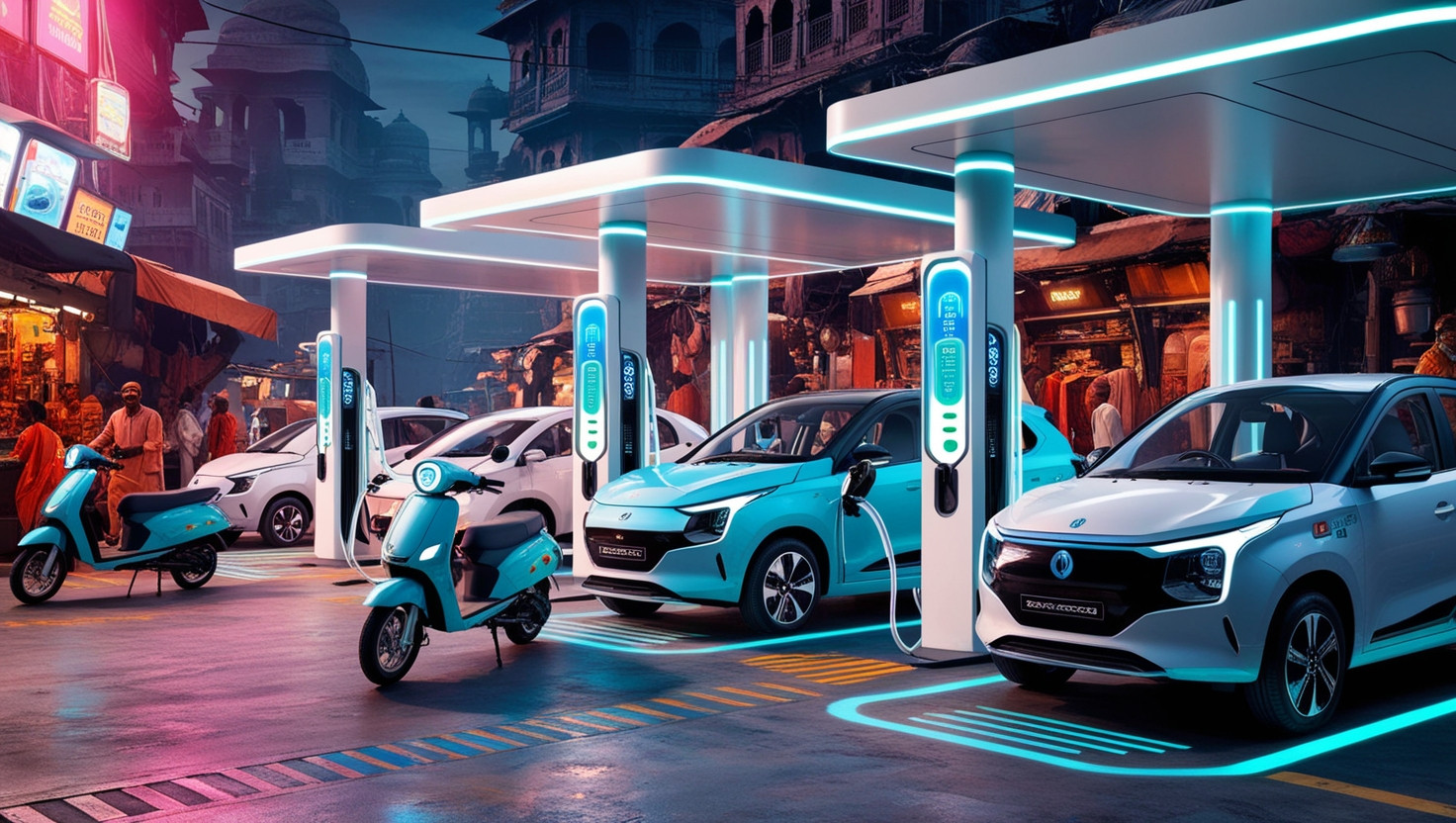- There is a silent revolution happening on the roads all around the world.
- Fossil fuel-powered engines are gradually being replaced by the quiet, smooth ride of electric cars
There is a silent revolution happening on the roads all around the world. Fossil fuel-powered engines are gradually being replaced by the quiet, smooth ride of electric cars, a change that has the potential to both save the environment and change how people travel.
Electric vehicles (EVs) have become symbols of sustainability, innovation, and environmental hope, offering a cleaner and more efficient way forward in the fight against climate change.
Unlike petrol and diesel vehicles, EVs that run only on electricity have zero tailpipe emissions, signalling that they do not release harmful gases which contribute to global warming like carbon dioxide into the air.
Air quality is directly and significantly impacted by this, particularly in urban areas where transportation pollution frequently endangers public health.
The environmental advantages of EVs increase as more nations, including Kenya and Ethiopia, switch to renewable energy options. This lessens reliance on fossil fuels and speeds up the global transition to clean energy.
Read More
Beyond their environmental advantage, electric vehicles are also economically efficient. They require less maintenance since they contain fewer moving parts.
This translates to long-term savings for owners and contributes to national energy security by reducing reliance on imported oil.
For Africa, where sustainable development and climate resilience are growing priorities, the transition to electric mobility presents an opportunity to build green jobs, local innovation, and a cleaner transport future.
These ideals were brought to life in the Road to Addis, Ethiopia Electric Vehicle Road Trip, a 1,600-kilometre electric vehicle journey from Nairobi to Addis Ababa, held from 5th to 10th October 2025, ahead of Africa E-Mobility Week.
The convoy was spearheaded by Munja Group in partnership with Kenya Power, and collaboration with Ethiopia’s Ministry of Transport and Logistics and the Ministry Of Roads And Transport In Kenya.

Described as a bold demonstration of how East Africa’s trade and transport corridors can be powered by clean energy and sustainable mobility, the convoy aimed to demonstrate East Africa’s readiness for the adoption of e-mobility by demonstrating the practicality of long-distance travel, tackling range anxiety, and highlighting the potential for regional EV corridors.
According to the Ethiopian Ministry of Foreign Affairs, the event highlighted the future of electric mobility, sustainable cross-border transport corridors, and the promise of Africa’s EV transition.
In a statement by Kenya Power the company reaffirmed its commitment to innovation, climate action, and collaboration to advance electric mobility in Kenya and across East Africa.
This reflects a growing alignment between government, private sector, and civil society in shaping Africa’s e-mobility future.
Beyond its symbolic meaning, the Road to Addis conveys a deeper message: sustainability is a journey that is now underway rather than a far-off endpoint.
Every kilometer traveled symbolized advancement and opportunity, demonstrating that sustainable transportation can foster international cooperation, spur technological advancement, and protect the environment for future generations.
As global leaders push for decarbonisation and climate adaptation, initiatives like the Road to Addis remind us that the road to a greener future begins with small, bold steps, and sometimes, with an electric convoy charting new paths across the continent.







